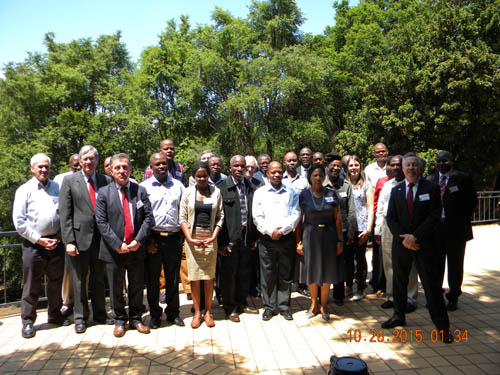
WeatherExtreme Ltd. is a world-wide leader in providing meteorological, climatological research, Product Development, Research and consulting. Our services include research and consulting on things such as:
fires, tornadoes, floods, avalanches, hurricanes, aviation, environmental events, climate change, Avalanche Mapping/Modeling, severe weather and natural disasters.
Over The Decades WeatherExtreme Ltd. Has Provided Consulting, Advising and Research for Distinguished National & International Companies
Projects Around The World

Korean Airlines Accident in Guam


Korean Airlines Flight 801
Boeing 747-300
Nimitz Hill, Guam
USA August 6, 1997
On August 6, 1997, Korean Airlines Flight 801, a Boeing 747-300, crashed into Nimitz Hill while on approach to Guam International Airport in poor weather. Of the 254 people on board, 228 were killed, making it one of the deadliest aviation accidents in U.S. territory.
New York City Cirrus Accident – Cory Lidle


New York City Cirrus Accident – Cory Lidle
Cirrus Design SR20
Manhattan, New York City
October 11, 2006
On October 11, 2006, a Cirrus SR20 aircraft piloted by Cory Lidle, a New York Yankees pitcher, crashed into a residential building in Manhattan, New York City. Both Lidle and his flight instructor were killed. The National Transportation Safety Board (NTSB) investigation cited pilot decision-making during a turn at low altitude as a contributing factor. The accident underscored the challenges of operating small aircraft safely in densely populated urban areas.
Bahamas
 Cessna 402B
Cessna 402BMarsh Harbour, Bahamas
August 25, 2001
On August 25, 2001, a Cessna 402B (N8097W), operated by Blackhawk International Airways, crashed shortly after departing Marsh Harbour, Bahamas, killing all nine occupants, including singer Aaliyah. Official investigations determined that the aircraft was overloaded and the center of gravity was beyond allowable limits. Additionally, the pilot was not certified to operate the aircraft under Part 135 regulations. The accident highlighted the importance of strict adherence to weight limits and regulatory compliance in commercial aviation.
The Malawi
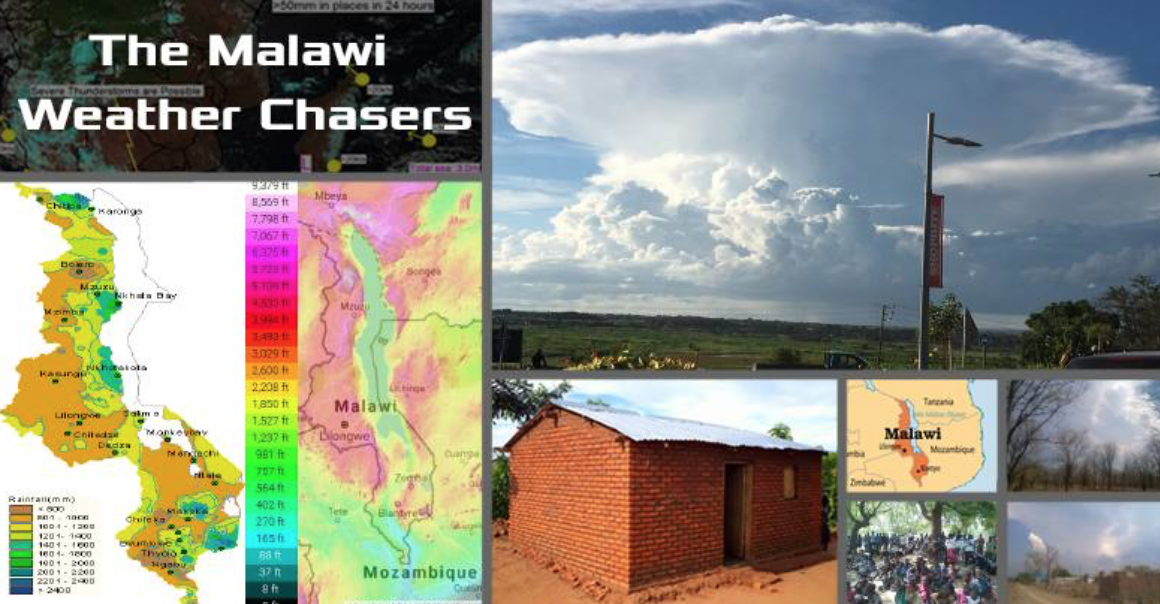
Project in Southern Africa, including the country of Malawi. Specifically in Malawi working on helping to update their National Weather Service including for severe weather events.
The Malawi Weather Chasers with Meteorologist James K. Purpura, CCM
Imagine you lived in a place where you didn’t have instant access to information at your fingertips. Rather than maps, alerts, notifications and real time video from any source you’re interested in, it was a challenge just to find power to charge your mobile device. Some of the basic information we take for granted would be beyond reach, such as weather forecasts and warnings. How would you know when dangerous weather was coming? How would you learn of evacuation instructions or how to protect yourself?
China UN Development Program Speaker


International Skiing Industry Cooperation Forum
Ten experts in various fields from around the globe invited to speak and discuss new ski resort development in China. Dr. Elizabeth Austin, CCM, represented the only member from the United States.
As part of this program, the invited speakers were treated to the opening ceremony of the Yabuli Ski Resort outside of Harbin City, People’s Republic of China.
Afghanistan


CASA C-212-CC Accident
Bamiyan Valley, Afghanistan
November 27, 2004
On November 27, 2004, a CASA C-212-CC military transport aircraft crashed in the Bamiyan Valley, Afghanistan, killing all crew members aboard. The remote mountainous terrain complicated recovery and investigation operations. Official reports attributed the crash to challenging flight conditions in the region, highlighting the operational risks faced by military transport flights in high-altitude, rugged environments.
New Zealand – Perlan I Project
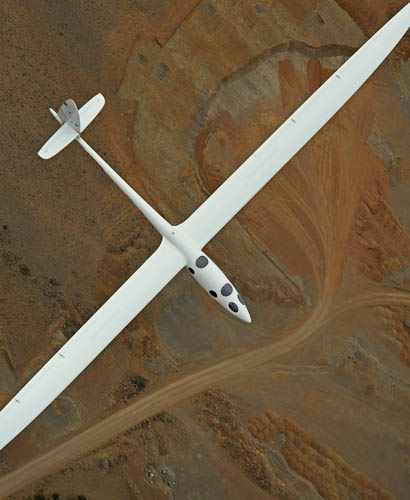
The Perlan Project is an international scientific and aeronautic event to fly a manned glider to a record breaking altitude of 100,000 feet. The project has previously set the world record of just over 50,000 feet with an earlier generation glider. Dr. Elizabeth Austin, CCM, Founder and CEO of WeatherExtreme Ltd., is the Chief Meteorologist for the Perlan Project. The Perlan Project is an international scientific endeavor to fly a manned glider (no engine) to 100,000 feet above the earth.
Argentina – Perlan I and II Projects

The Perlan Project is an aeronautical event preparing to fly a manned glider to a record breaking altitude of 90,000 feet (for phase 2) in Argentina. The project has previously set the world record of just over 50,000 feet with an earlier generation glider for phase 1. The Airbus Perlan Mission II pressurized glider set a new world altitude record by reaching 52,172 feet on September 3, 2017, in the lee of the Andes in Argentina. Dr. Elizabeth Austin, CCM, is Chief Scientist for the Perlan Project, an international scientific endeavor to fly a manned glider (no engine) to 100,000 feet (phase 3) above the earth.
Missouri – Carnahan Crash


Cessna 335
Hillsboro, Missouri
October 16, 2000
On October 16, 2000, a Cessna 335 piloted by Missouri Governor Mel Carnahan’s son, Randy, crashed near Hillsboro, Missouri, killing all three people on board, including Governor Carnahan and campaign advisor Chris Sifford. The National Transportation Safety Board (NTSB) determined that the crash was caused by spatial disorientation, exacerbated by inclement weather and instrument failure. This tragic event led to a surge in public support for Carnahan’s Senate campaign, and he was posthumously elected to the U.S. Senate.
Philippines Crash


Air Philippines Flight 541
Boeing 737-200
Near Davao City, Mindanao, Philippines
April 19, 2000
On April 19, 2000, Air Philippines Flight 541, a Boeing 737-200, crashed into a mountainous area near Davao City, Mindanao, Philippines, killing all 131 passengers and crew aboard. Official investigations attributed the accident to pilot error during the final approach amid challenging terrain and adverse weather conditions. The tragedy emphasized the difficulties of operating commercial flights in mountainous regions with limited navigational aids.
China MD-11 Crash


China Airlines Flight 642
McDonnell Douglas MD-11
Hong Kong, China
August 22, 1999
On August 22, 1999, China Airlines Flight 642, a McDonnell Douglas MD-11, crashed while landing at Hong Kong International Airport during Typhoon Sam. The aircraft skidded off the runway, overturned, and caught fire. Three passengers were killed, and over 200 others were injured. Investigations highlighted the impact of severe weather on landing performance, emphasizing the risks of operating large aircraft during typhoon conditions.
American Airlines Little Rock


American Airlines Flight 1420
McDonnell Douglas MD-82
Little Rock, Arkansas
June 1, 1999
On June 1, 1999, American Airlines Flight 1420, a McDonnell Douglas MD-82, attempted to land at Little Rock National Airport during a severe thunderstorm. The aircraft overran the runway, broke apart, and caught fire. Eleven people, including the captain, were killed, and more than 130 others were injured.
Silk Air Sumatra Indonesia

Singapore Silkair Flight MI-185
Boeing 737-300
Near Palembang, Sumatra, Indonesia
December 19, 1997
Singapore Airlines SilkAir Flight MI-185 was a scheduled passenger flight from Jakarta to Singapore on December 19, 1997. The Boeing 737-300 crashed into the Musi River near Palembang, Sumatra, killing all 104 people on board. The cause of the crash remains disputed, with no definitive conclusion from investigators.
Alaska Air Pt. Mugu, CA
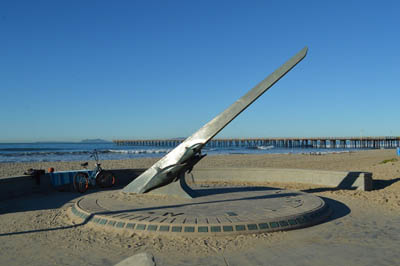
Alaska Airlines Flight 261
McDonnell Douglas MD-80
Pt. Mugu, California
January 31, 2000
Alaska Airlines Flight 261, a McDonnell Douglas MD-80, crashed into the Pacific Ocean near Point Mugu, California, killing all 88 passengers and crew on board. Investigators determined that the accident resulted from a failure of the horizontal stabilizer jackscrew assembly caused by inadequate maintenance. The tragedy highlighted the critical importance of proper aircraft maintenance procedures and led to revisions in FAA oversight of maintenance programs for commercial aircraft.
Singapore Airlines Taipai Taiwan

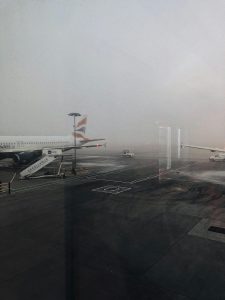
Singapore Airlines Flight 006
Boeing 747-400
Near Chiang Kai Shek International Airport, Taipei, Taiwan
October 31, 2000
On October 31, 2000, Singapore Airlines Flight 006, a Boeing 747-400, attempted takeoff during a typhoon at Chiang Kai Shek International Airport. The aircraft mistakenly used a closed runway and collided with construction equipment, resulting in a fire. Ninety-five passengers and crew were killed, and over 80 others were injured. Investigations cited pilot error and challenging weather conditions as contributing factors, highlighting the hazards of operating large aircraft in severe storm environments.
Europe: Davos Snow & Avalanche Center


WSL Institut für Schnee- und Lawinenforschung SLF
Swiss Federal Institute for Snow & Avalanche Research Visit & Collaboration
Aspen CO Crash
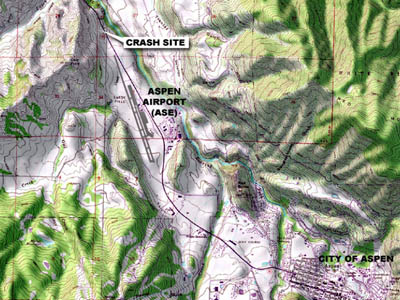
Grumman Gulfstream III
Aspen, Colorado
March 29, 2001
On March 29, 2001, a Grumman Gulfstream III business jet crashed near Aspen, Colorado. The accident resulted in the deaths of all on board. Investigation indicated that the crash was related to pilot error during approach in challenging mountainous terrain and weather conditions.
Canada Toronto


Air France Flight 358
Airbus A340-313E
Toronto Pearson International Airport, Canada
August 2, 2005
On August 2, 2005, Air France Flight 358, an Airbus A340-313E, overran the runway while landing at Toronto Pearson International Airport during a severe thunderstorm. All 309 passengers and crew survived, although several sustained injuries. Investigators attributed the accident to challenging weather conditions and runway overshoot, noting the crew’s response during landing as a factor. The incident underscored the importance of enhanced pilot training and procedures for landing in adverse weather.
Nasa
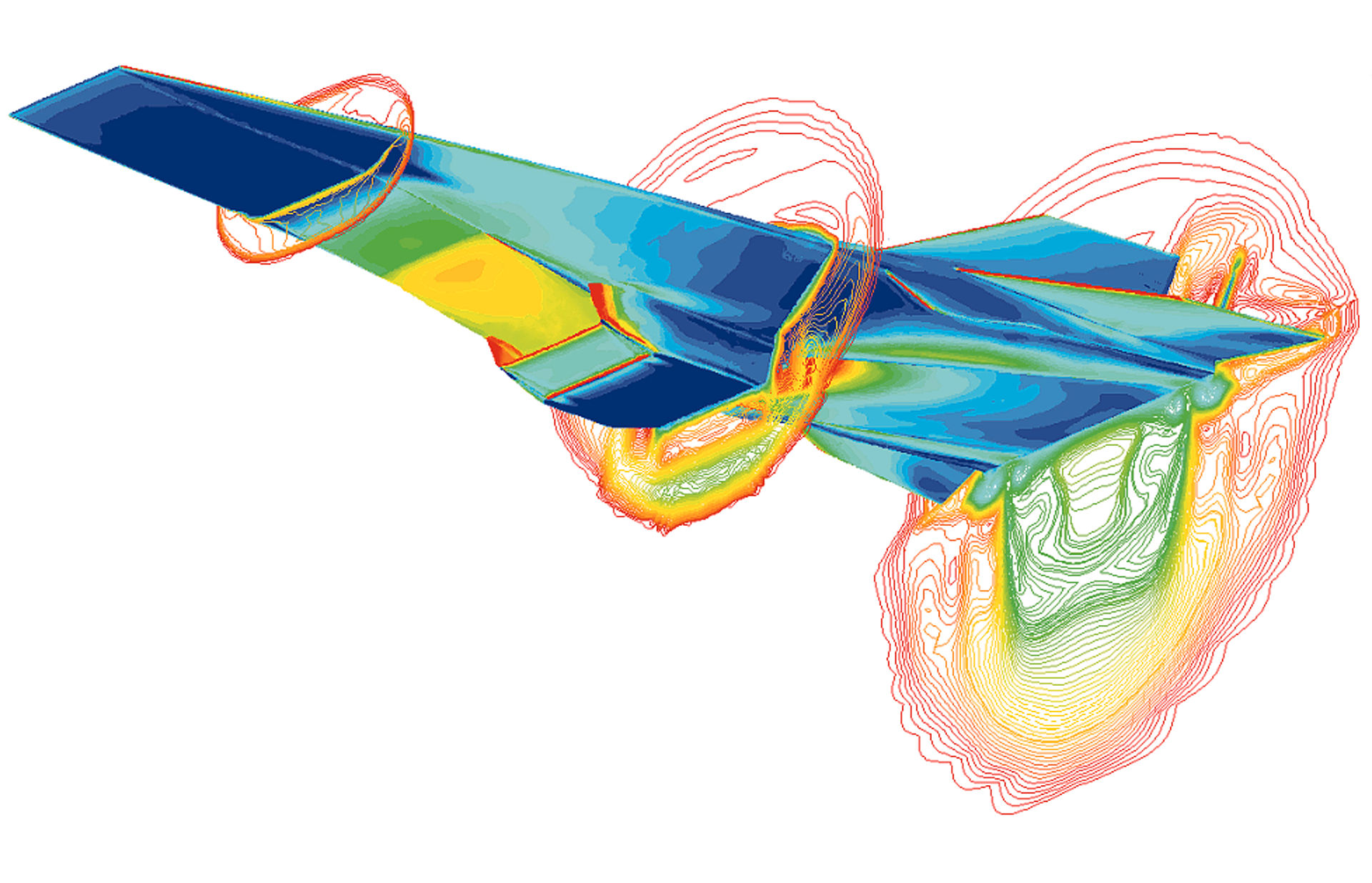
NASA X-43A Weather Support & Atmospheric Modeling
X43-A Hypersonic Research Vehicle
NASA’s X-43A is an experimental hypersonic research vehicle designed to test air-breathing scramjet propulsion and gather atmospheric data. It contributes to weather modeling, high-speed flight research, and hypersonic vehicle development.
Air Fiji Crash


Air Fiji Flight 121
Embraer EMB-110 Bandeirante
Viti Levu, Fiji
July 24, 1999
On July 24, 1999, Air Fiji Flight 121, an Embraer EMB-110 Bandeirante, crashed while flying from Nausori to Nadi in Viti Levu, Fiji, killing all 17 passengers and crew. Official investigations attributed the accident to pilot error during approach amid challenging weather and mountainous terrain. The tragedy highlighted the operational hazards of regional flights in island nations with rugged landscapes and unpredictable meteorological conditions.
Snowy Mountains, Australia


Australian Winter Storms Experiment
Project to learn more about supercooled liquid water (SLW) and precipitation development within winter storms as they impacted the Great Dividing Range of southeastern Australia. The project was designed to study the physical aspects of increasing precipitation from winter storms. Located in this region is the Thompson Reservoir, Melbourne’s main water supply.
Panama Plane Crash
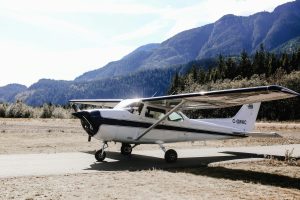
Cessna 172N
Alto Chiquero, Boquete, Panama
December 23, 2007
On December 23, 2007, a Cessna 172N crashed near Alto Chiquero in Boquete, Panama, resulting in the deaths of all occupants. Investigations indicated that the aircraft encountered challenging mountainous terrain, and weather conditions likely contributed to the accident. The incident underscored the risks associated with operating light aircraft in regions with complex topography and rapidly changing weather patterns.
La Réunion Fulbright
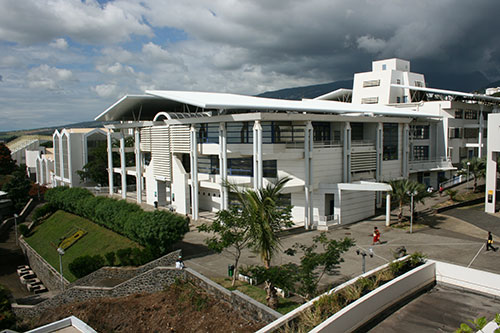
Dr. Elizabeth Austin’s Fulbright Senior Specialist award
Laboratoire de Physique de l’Atmosphère
Le Centre National de la Recherche Scientifique
(CNRS – the French national Center for Scientific Research)
Université de La Réunion
Alaska - Senator Ted Stevens

Near Aleknagik, Alaska
de Havilland DHC-3T Turbine Otter
August 9, 2010
On August 9, 2010, a de Havilland DHC-3T Turbine Otter crashed near Aleknagik, Alaska, killing former U.S. Senator Ted Stevens and four others. The aircraft encountered poor weather while en route to a remote airstrip. Investigations emphasized the operational risks of flying small bush planes in Alaska’s remote and rugged terrain, underscoring the impact of adverse weather on flight safety in isolated regions.
Air France 447 Crash into Atlantic

Air France Flight 447
Airbus A330-203
Atlantic Ocean
June 1, 2009
Air France Flight 447 disappeared over the Atlantic Ocean while en route from Rio de Janeiro to Paris, carrying 228 passengers and crew. Official investigations by the French BEA determined that icing of the aircraft’s pitot tubes led to inconsistent airspeed readings, which contributed to pilot disorientation and a subsequent aerodynamic stall. Wreckage and flight recorders were recovered two years later, confirming the sequence of events. The accident prompted improvements in airspeed sensor reliability and high-altitude stall training.
OSU Basketball Team Crash


Raytheon Beechcraft Super King Air 200
Near Strasburg, Colorado
January 27, 2001
On January 27, 2001, a Raytheon Beechcraft Super King Air 200 crashed near Strasburg, Colorado. The aircraft was carrying members of the Ohio State University men’s basketball team, along with coaches and staff. All 10 people on board were killed. The crash highlighted the dangers of operating small turboprop aircraft in snowy mountainous terrain and led to widespread mourning in the college sports community.
UN Flight 834 Kinshasa
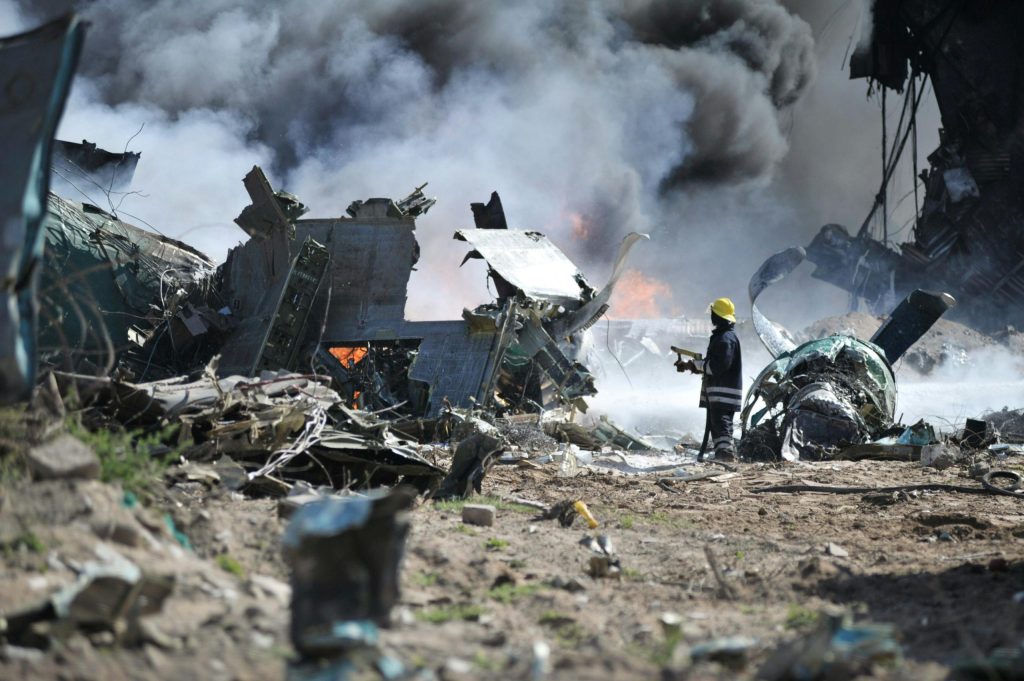 United Nations Organization (UNO) Flight 834
United Nations Organization (UNO) Flight 834
Small UN Aircraft
Kisangani to Kinshasa N’Djili, Democratic Republic of Congo
April 4, 2011
On April 4, 2011, United Nations Organization (UNO) Flight 834 crashed while en route from Kisangani to Kinshasa N’Djili in the Democratic Republic of Congo. The flight supported UN missions in the region, and the accident resulted in multiple casualties. Investigations highlighted the challenges of operating small aircraft in central African airspace, where limited infrastructure and unpredictable weather pose significant risks to flight safety.
US Commerce Secretary Ron Brown Plane Crash

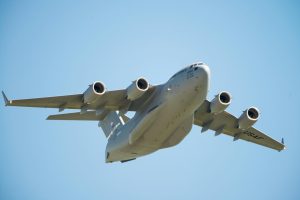
U.S. Air Force Boeing CT-42A
Military Transport Aircraft
Dubrovnik, Croatia
April 3, 1996
On April 3, 1996, a U.S. Air Force Boeing CT-42A crashed near Dubrovnik, Croatia, killing U.S. Secretary of Commerce Ron Brown and 34 others aboard. The aircraft was conducting a diplomatic mission to Bosnia and encountered poor weather during its approach. Investigations highlighted the hazards of operating military and government transport flights in challenging terrain and adverse conditions, emphasizing the need for rigorous flight planning and weather assessment.
Amber White Parasailing Accident
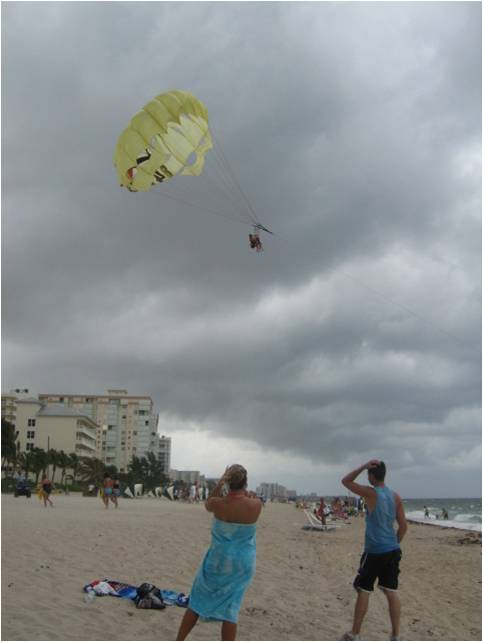
Amber May White Parasailing Accident
Parasailing Towboat
Pompano Beach, Florida
August 18, 2007
On August 18, 2007, 15-year-old Amber May White and her 17-year-old sister, Crystal, were parasailing in Pompano Beach, Florida, when strong winds caused their parachute to detach from the towboat. The wind carried them into the roof of a hotel, resulting in Amber’s fatal injuries and Crystal’s severe head trauma. Investigations attributed the accident to equipment failure and operator negligence. The tragedy led to the enactment of the White-Miskell Act in Florida, establishing the first state regulations for parasailing safety.
Colgan Air Crash
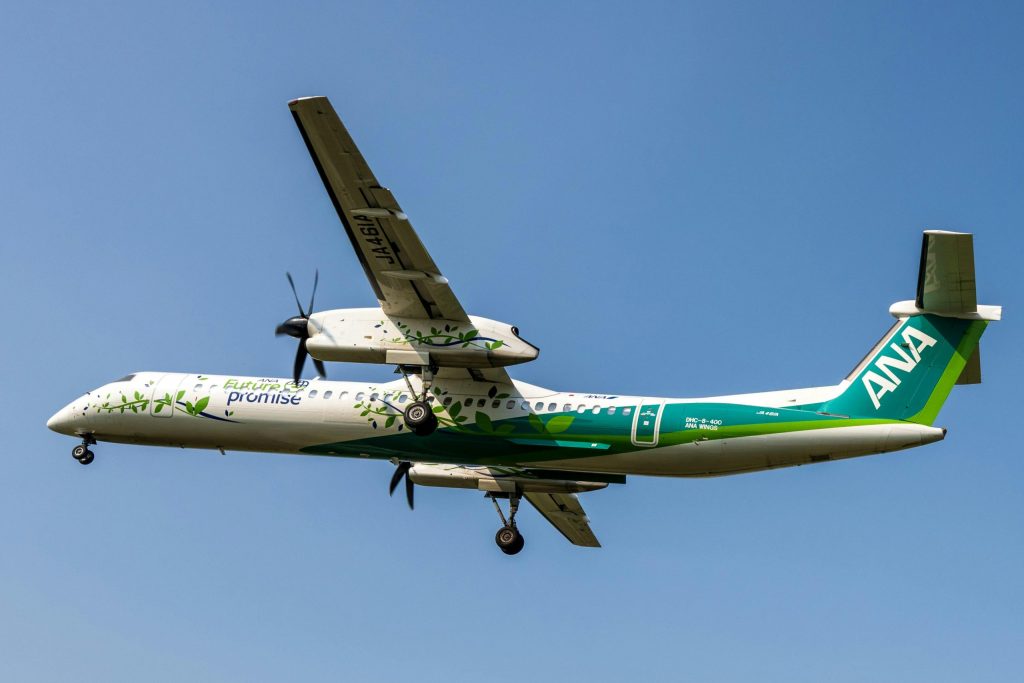 Colgan Air Flight 3407
Colgan Air Flight 3407
Bombardier Q400
Clarence Center, New York
February 12, 2009
On February 12, 2009, Colgan Air Flight 3407, operating as Continental Connection, crashed into a residential area in Clarence Center, New York, shortly before landing at Buffalo Niagara International Airport. The crash resulted in the deaths of all 49 people on board and one person on the ground. The National Transportation Safety Board (NTSB) determined that the probable cause was the flight crew’s inappropriate response to the stick shaker activation, leading to an aerodynamic stall. Contributing factors included pilot fatigue, inadequate training, and failure to adhere to sterile cockpit procedures. The accident prompted significant changes in U.S. aviation regulations, including the Airline Safety and Federal Aviation Administration Extension Act of 2010, which aimed to improve pilot training and scheduling practices.
Malibu Fires

2007 Malibu Fires
Southern California Wildfires
Malibu, California
October–November 2007
In late 2007, Southern California experienced a series of devastating wildfires, with the Malibu area being significantly impacted. The Corral Fire, ignited by human activity on November 24, rapidly spread due to dry conditions and strong Santa Ana winds, burning approximately 4,900 acres and destroying 86 structures, including 49 homes. The fire forced the evacuation of 10,000–14,000 residents and resulted in seven firefighter injuries. Governor Arnold Schwarzenegger declared a state of emergency to mobilize resources for firefighting efforts. The fires underscored the challenges of wildfire management in regions with dense vegetation and challenging terrain.
TANS Peru Flight 204


TANS Perú Flight 204
Boeing 737-200
Pucallpa, Peru
August 23, 2005
On August 23, 2005, TANS Perú Flight 204, a Boeing 737-200, crashed approximately 3.5 miles short of the runway at Pucallpa Airport, Peru, during an approach in severe weather conditions. The aircraft encountered heavy rain, hail, and wind shear, leading to a rapid descent and impact in a swampy area. The crash resulted in 40 fatalities and 58 injuries among the 98 occupants. The investigation attributed the accident to pilot error, including continuing the approach in adverse weather and failing to monitor instruments during the descent.
Piper PA-46-350P Malibu
 Piper PA-46-350P Jetprop DLX Crash
Piper PA-46-350P Jetprop DLX CrashPiper PA-46-350P Jetprop DLX
Wainwright, Alberta, Canada
March 28, 2008
On March 28, 2008, a Piper PA-46-350P Jetprop DLX (registration C-FKKH) crashed approximately 16 nautical miles northeast of Wainwright, Alberta, during an IFR flight from Edmonton to Winnipeg. Shortly after leveling off at Flight Level 270, the pilot reported autopilot and gyro/horizon issues, leading to difficulty maintaining altitude. The aircraft was observed on radar making several heading and altitude changes before initiating a steep right turn and descending rapidly. The emergency locator transmitter signal was received briefly before it ceased. The wreckage was located by the Royal Canadian Mounted Police at 12:05 MDT. Tragically, all five individuals on board, including the pilot and four passengers, were fatally injured.
Cessna 208B Grand Caravan Crash


Cessna 208B Grand Caravan
Aerocon Swearingen SA-227AC Metro III


Swearingen SA-227AC Metro III
November 3, 2013
Kalitta Air Crash


Kalitta Air Flight 164
Boeing 747-209BSF
Reg. N714CK
Madrid, Colombia
July 7, 2008
On July 7, 2008, Kalitta Air Flight 164, a Boeing 747-209BSF (registration N714CK), crashed shortly after takeoff from El Dorado International Airport in Bogotá, Colombia. The aircraft, operated by Kalitta Air on behalf of Centurion Air Cargo, was en route to Miami International Airport. During the initial climb, the crew reported a fire in the number 4 engine. Subsequently, both the number 4 and number 1 engines suffered loss of power, leading to a near-stall condition. The crew attempted to return to the airport but was unable to regain sufficient altitude. The aircraft crashed into a farm near Madrid, Cundinamarca, approximately 10 kilometers from the airport. All eight crew members survived, though five sustained serious injuries. Tragically, two individuals on the ground were killed when the aircraft struck a house. The investigation concluded that the dual engine failures were caused by a combination of factors, including mechanical issues and possible foreign object ingestion.
Kebnekaise, Sweden Mountain
 In 1992 Einar Enevoldson, Founder of the Perlan Project, was walking down the halls of the DLR (German Aerospace Center) and saw this graphic hanging on Dr. Wolfgang Renger’s wall at the German Aerospace Center (Deutsches Zentrum für Luft- und Raumfahrt, DLR. It is an image taken from a LIDAR mounted on a Strato 2C aircraft (false color image) which depicts measured backscatter image of a cloud. The particular wave went upwards over 23km (76,000 feet) in altitude
In 1992 Einar Enevoldson, Founder of the Perlan Project, was walking down the halls of the DLR (German Aerospace Center) and saw this graphic hanging on Dr. Wolfgang Renger’s wall at the German Aerospace Center (Deutsches Zentrum für Luft- und Raumfahrt, DLR. It is an image taken from a LIDAR mounted on a Strato 2C aircraft (false color image) which depicts measured backscatter image of a cloud. The particular wave went upwards over 23km (76,000 feet) in altitudeCessna 750 Citation X Crash

Cessna 750 Citation X Crash
Reg. N288CX
Egelsbach, Germany
March 1, 2012
On March 1, 2012, a Cessna 750 Citation X (registration N288CX) crashed during an approach to Frankfurt Egelsbach Airport in Germany. The aircraft, operated by Asia Today Ltd., was en route from Linz, Austria, with a planned stopover in Egelsbach before continuing to Bratislava, Slovakia. The flight crew transitioned from instrument flight rules to visual flight rules in low visibility conditions. Shortly after, the aircraft descended below the minimum safe altitude and collided with a wooded area approximately 4 kilometers east of the airport. The impact resulted in a post-crash fire, and all five occupants—two crew members and three passengers—were fatally injured. The German Federal Bureau of Aircraft Accidents Investigation (BFU) determined that the probable cause was controlled flight into terrain (CFIT) due to inadequate visual reference in foggy conditions.
Cirrus SR22 and Cessna 182T Midair Collision
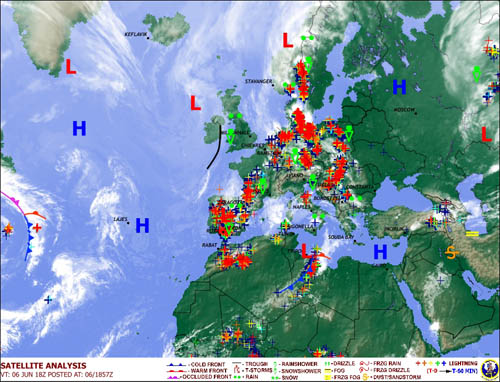
Multi-Hazard Early Warning Systems (MHEWS) Workshop

Cairo, Egypt 12-13
December 2016
Mr. James K. Purpura, CCM, represented WeatherExtreme Ltd.
The theme of the workshop is to describe components of a well-constructed MHEWS, including the path from spotter reports, weather observations, numerical weather and climate forecasting, operational meteorology input, numerical hydrologic forecasting, operational hydrologist input and warning dissemination. The E2E concept will be emphasized; including proper generation of the warning message, effective and efficient communication to its intended users, education assuring knowledge of step to be taken to assure safety, and assuring those at risk take action to protect life and property.
19th Annual Monsoon Forum 2017
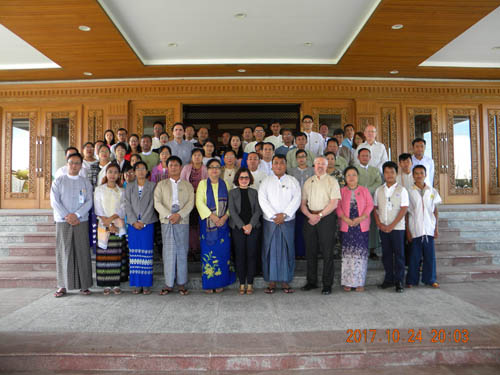
Nay Pyi Taw, Myanmar
James K. Purpura, CCM, Director of Weather Forecasting & International Operations
EXPERTS IN THE INDUSTRY
Our expert staff includes professionals in industries such as atmospheric science, aviation, Geographic Information Systems (GIS), climate change, avalanches, meteorology and modeling.
(A few of our leading experts pictured, view the company page for more.)



